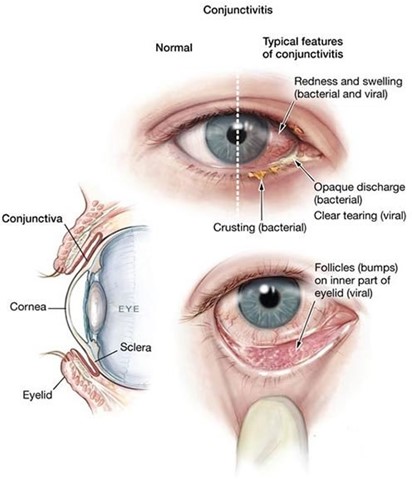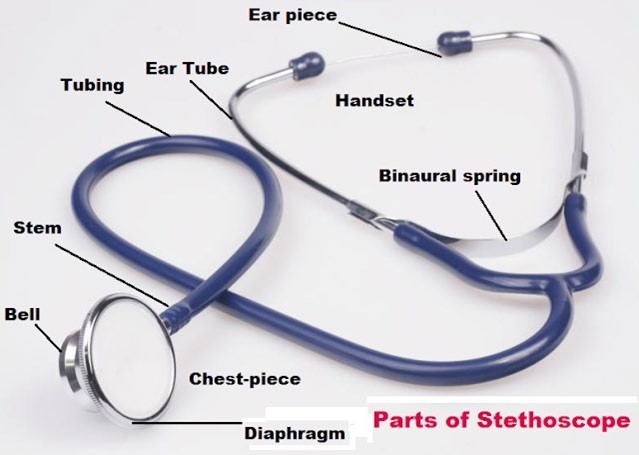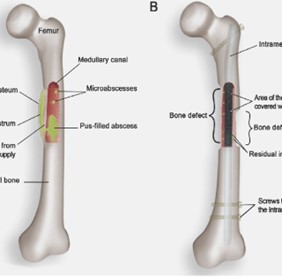The nurse is caring for a school-age child with crusting and swollen eyelids, purulent drainage, and inflamed conjunctiva. The child receives a prescription for an ophthalmic anti-infective ointment.
Which instruction should the nurse provide the child's caregivers during discharge education?
Discontinue the ointment once drainage resolves.
Prepare the child for blurry vision after ointment application.
Use a disposable moist wipe to remove eye crusts.
Remove secretions by wiping toward the opposite eye.
The Correct Answer is B
When using an ophthalmic anti-infective ointment, it is important to prepare the child for blurry vision after ointment application. This is because the ointment can temporarily blur vision after application. It is important to follow the instructions on the medication label and continue using the ointment for the full course of treatment, even if symptoms improve before then ¹.

Nursing Test Bank
Naxlex Comprehensive Predictor Exams
Related Questions
Correct Answer is D
Explanation
To ensure the cooperation of a preschooler during an assessment of lung sounds, the nurse can allow the child to use a stethoscope on a stuffed animal. This helps the child understand what is happening and feel more comfortable with the procedure. Having the child blow a cotton ball (A), placing a toy in the child's hands (B), and offering bubbles (C ) may distract the child but do not directly involve them in the procedure.

Correct Answer is C
Explanation
During the initial phase of treatment for osteomyelitis, the nurse should instruct the child and parent to ensure that there is no weight bearing on the affected extremity. This may require the use of assistive devices such as crutches or a wheelchair. Administering topical antibiotic therapy, providing passive range of motion exercises, and scheduling ice pack applications to the infected area are not appropriate interventions during the initial phase of treatment.
Topical antibiotics may be used later in the course of treatment, after the initial phase of intravenous antibiotics has been completed.
Passive range of motion exercises may be appropriate during the later phases of treatment to prevent joint contractures.
Ice pack applications may be appropriate for pain relief, but they are not a primary intervention for osteomyelitis.

Whether you are a student looking to ace your exams or a practicing nurse seeking to enhance your expertise , our nursing education contents will empower you with the confidence and competence to make a difference in the lives of patients and become a respected leader in the healthcare field.
Visit Naxlex, invest in your future and unlock endless possibilities with our unparalleled nursing education contents today
Report Wrong Answer on the Current Question
Do you disagree with the answer? If yes, what is your expected answer? Explain.
Kindly be descriptive with the issue you are facing.
